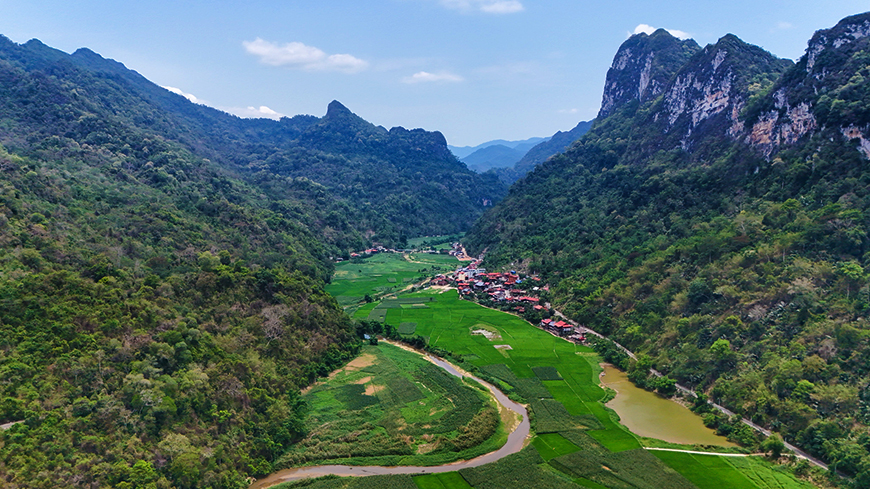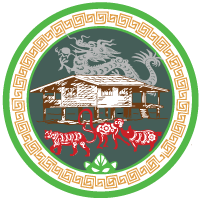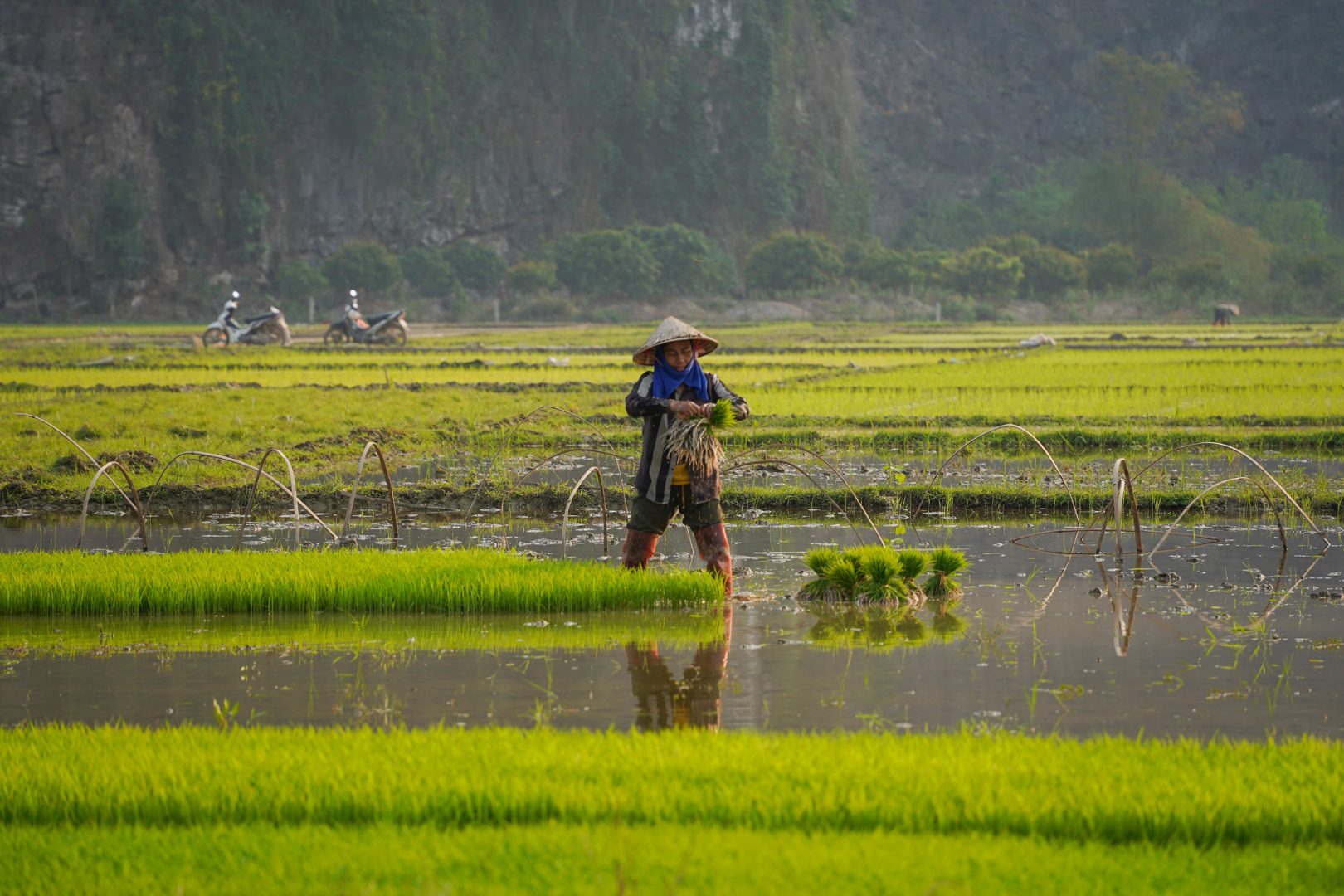A journey into the heart of Northeast Vietnam
Northeast Vietnam is home to natural and cultural treasures, with the border province of Lang Son and the newly merged province of Thai Nguyen. By enhancing their connections, these regions promise an enriched travel experience, combining spectacular landscapes, historical heritage, and commercial vibrancy.
♦ Don’t miss out our Lang Son Travel Guide
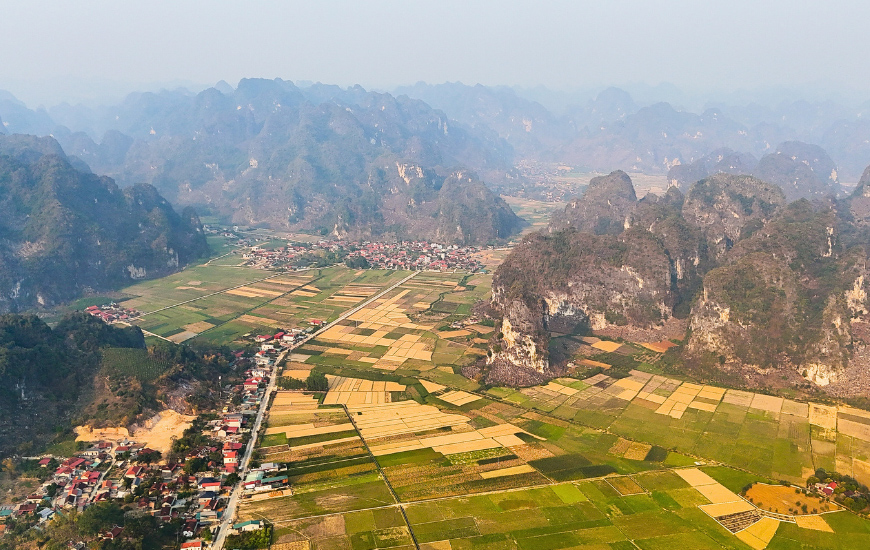
Lang Son: between karst mountains and cultural crossroads
Just 154 km from Hanoi, Lang Son stands as a mountainous province in Northeast Vietnam, sharing its border with China. Its landscape, characterized by karst mountains, peaceful valleys, and lazy rivers, creates an exceptional natural setting, home to a rich ethnic diversity.
Lang Son offers a rich and diverse tourist experience, blending grand landscapes with deep cultural heritage. The majestic mountains, with the highest point at Mau Son, offer spectacular panoramas over valleys like Bac Son. For geology enthusiasts, the caves of Tam Thanh and Nhi Thanh reveal unique rock formations.
History is also prominent through iconic sites such as the Mac Dynasty Citadel, a witness to ancient periods of Vietnam, and the historic Chi Lang Pass, narrating tales of battles and resistance. These two sites are part of Mr. Linh’s Adventures’ signature circuit.
Traditional markets, like Ky Lua, are lively places where local craftsmanship and trade exchanges unveil the regional culture. Local festivals and traditions enrich this cultural immersion.
Culinary delights play a significant role, with specialties such as roasted duck and the famous Mau Son wine inviting visitors to savor the authentic flavors of the region. Finally, its border position with China gives Lang Son a unique character. Border crossings like Huu Nghi and Tan Thanh make it a dynamic hub for cultural and commercial exchanges, attracting tourists and traders.
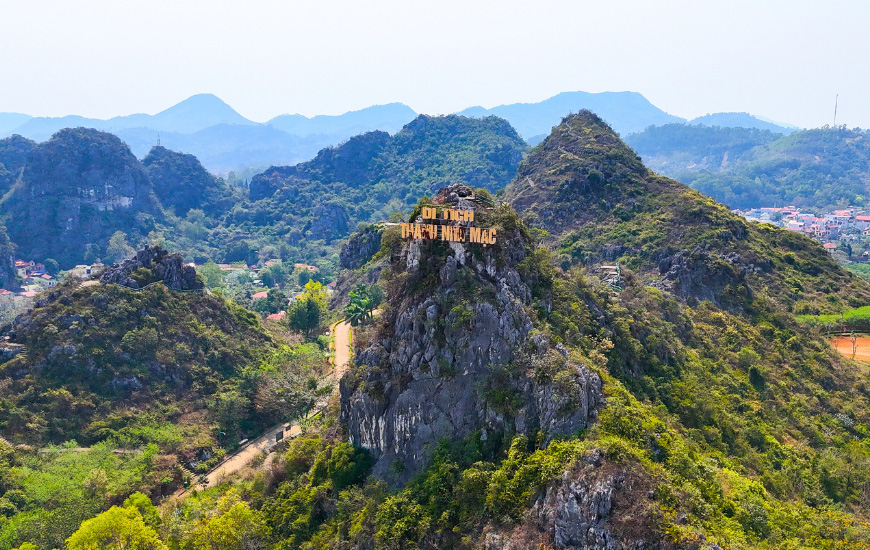
The new province of Thai Nguyen: a strengthened regional partner
Since July 1, 2025, the provinces of Bac Kan and Thai Nguyen merged to form the new province of Thai Nguyen, spanning 8,375 km² and home to 1.8 million inhabitants. This merger aims to strengthen territorial cohesion by combining complementary assets, such as Ba Be National Park, historical sites of ATK Dinh Hoa, Tan Cuong tea hills, and ethnic villages. The goal is to create an integrated economic and tourist corridor, highlighting natural resources, ecotourism, and industry, while improving infrastructure and regional connectivity. Strategic connections for integrated development The provinces of Lang Son and the new province of Thai Nguyen/Bac Kan are forging strategic links in northern Vietnam. With a dense road network, including National Roads 1B, 3, 279, and the Ho Chi Minh Road, these regions are developing promising tourist and economic synergies. An expressway project is also in the planning stages, further enhancing these connections and allowing travelers to explore a rich itinerary, from the border markets of Lang Son to the tea landscapes and ethnic villages of Thai Nguyen. This regional dynamic aims for integrated development, showcasing the natural and cultural wealth of the region.♦ Bac Kan and Thai Nguyen unite for a new flagship destination
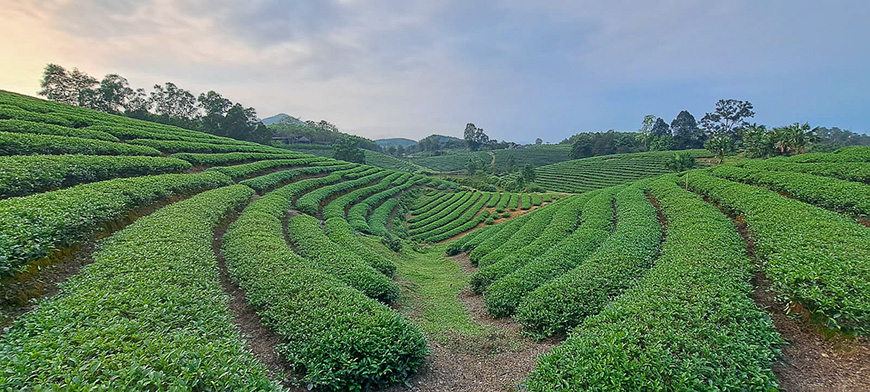
Ba Be: at the heart of northeast connections
Lang Son province, with its natural landscapes and role as a gateway to China, is a major tourism and commercial hub in Northeast Vietnam. The recent merger of Bac Kan and Thai Nguyen provinces into the new province of Thai Nguyen creates a strengthened regional partner, rich in natural, cultural, and industrial resources. In this new configuration, Ba Be National Park, a gem of ecotourism and biodiversity, plays a pivotal role. Its strategic position within the new province of Thai Nguyen makes it an essential link to connect the cultural attractions and tea landscapes of Thai Nguyen with the cross-border dynamics and historical riches of Lang Son. Infrastructure projects, including the Lang Son – Thai Nguyen expressway, and increased coordination between these territories, pave the way for integrated and sustainable tourism development, fostering economic and cultural exchanges in this strategic mountainous region of Vietnam.
